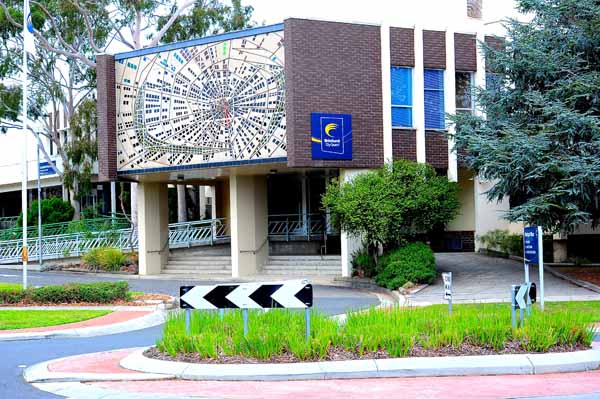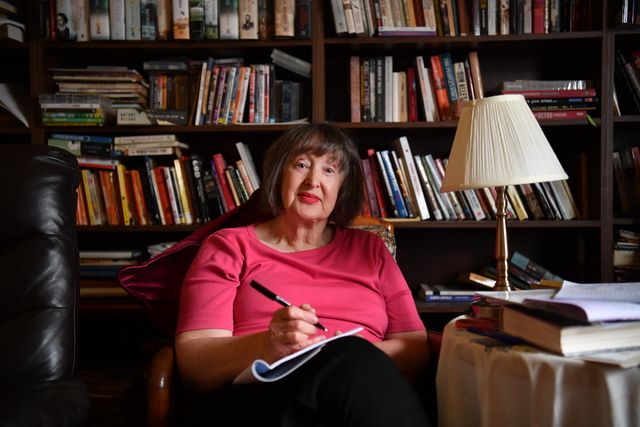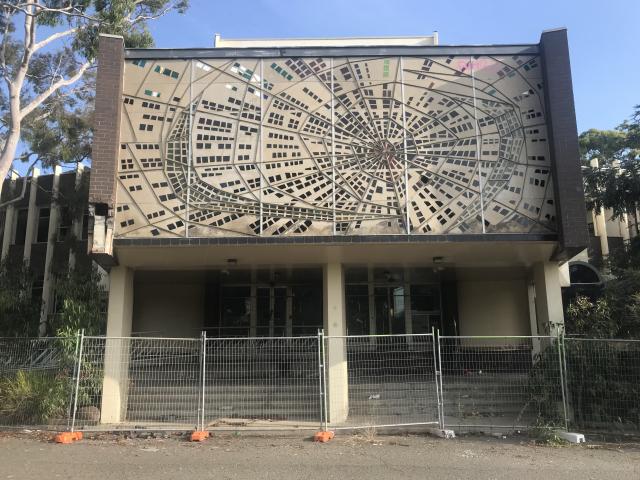Brimbank council will make deeper cuts to its next budget than first thought after administrators voted not to put up rates beyond the new state government-imposed limit.
The state government announced on December 31 that all future rate rises must be in line with the CPI. The council did not apply for a higher cap from the Essential Services Commission (ESC), citing “short timeframes and the required consultative processes” as reasons.
Star Weekly revealed last September that the council believed the introduction of rate capping would cost it almost $30 million over the next five years.
In its submission to the ESC’s draft
Blueprint for Change last August, the council said capping rates would have a negative cash impact of $29 million by 2020-21, requiring “service-level changes” in the municipality.
The council trimmed $1.9 million from last year’s budget in preparation for rate capping, reducing community events and tree planting. Council services will now be “assessed for further review”, a recent council report stated. “The 2016-17 annual budget process will need to identify savings over and above those previously identified,” the report added.
The council was unable to detail exactly how much it would be forced to trim from its next budget because key financial personnel were on holidays.
Municipal Association of Victoria president Bill McArthur said the cap might seem like a win for ratepayers, but it could still deliver a “sting in the tail” in future. “The councils hardest hit by the cap will be those that can least afford it,” he said. “Strong evidence … about rate capping imposed in other jurisdictions confirms caps lead to a reduction in spending on community infrastructure,” he said.
“A rate cap linked to consumer price movements rather than council cost drivers will mean councils need to look at a range of options.
“They include deferring planned infrastructure, reducing capital works and the mix of current services, and higher debt levels.
“These options could also push greater costs on to future ratepayers.”







